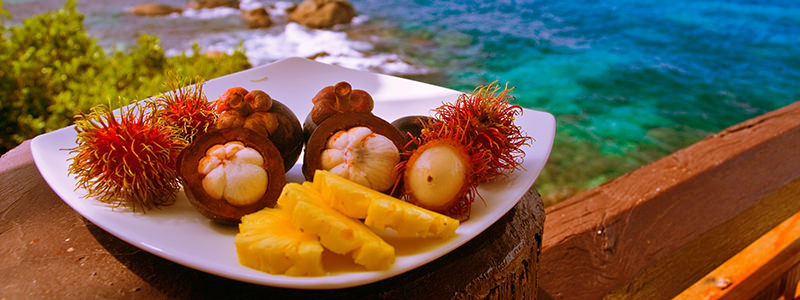One of the most seductive things about travel is food tourism. Eating local fare is arguably the easiest way to engage with another culture, be it Chicago’s deep dish pizza or an obscure seafood stew only found in a remote town in Italy. If you live in a metropolis, you might be able to taste these dishes at a upscale grocer or restaurant. But what if you don’t live in a big city? What if you can’t travel? Believe it or not, there’s a low-cost, easy way to taste ingredients from all over the world: by drinking.
Alcohol really relies on its ingredients. What we mean is that – more than other foods – every single ingredient you put into a certain wine, beer, or spirit matters, because ultimately the alcohol produced winds up as a sharp expression of those ingredients. While haute cuisine might place emphasis on the singular ingredients used in certain dishes, booze – even on the lower end of the price spectrum – does this tenfold. A craft brewery might publicly go into detail about the type of yeast they employ, while a big brand whiskey company might talk about their grain. Ingredients matter. What’s more is that the alcohol industry has grown progressively more localized, with boutique wineries, distilleries, and breweries releasing products that incorporate produce grown near them. These products give taste snippets of what it might be like to eat and drink in various locales from all around the world. Furthermore, larger companies with financial resources bring us overseas ingredients we’d probably never taste otherwise.
Without realizing it, there are tastes that we as Americans are familiar with – or at least could be without traveling far from home – because of the alcohol industry. The next time you recognize these flavors, credit booze.
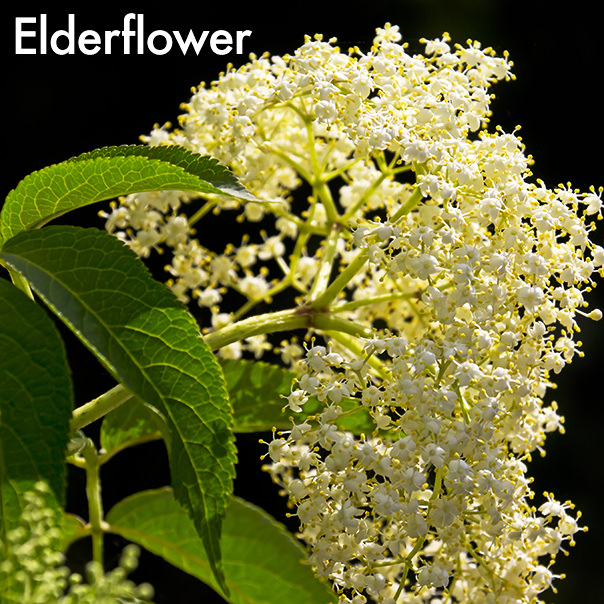
Lately, elderflower and elderberry have shown up as tasting notes in wine, beer, and spirits alike. But have you ever seen an elderflower? Have you bought a bag of them at the supermarket? Probably not. Elderflower blossoms have a unique taste that straddles the line between floral and fruity. While elderflower drinks have long been popular in Denmark, why, without the ingredient being that available in the US, is the taste of elderflower so widely noted in the states? We have a suspicion it’s because of St. Germain, a French elderflower liqueur. St. Germain was bought by beverage giant Bacardi in 2013 and the liqueur became very popular in the craft cocktail movement. Now it’s also available in your average joe liquor store.
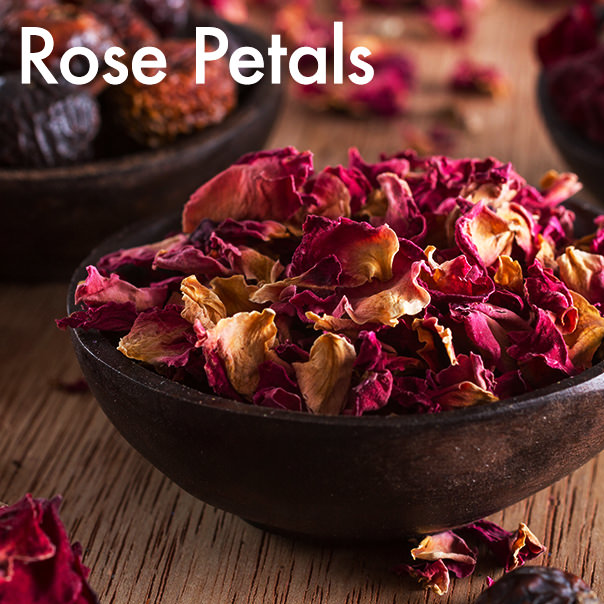
If you’ve ever sinned against your significant other or needed to freshen up a room, you’ve probably come into contact with roses. Even if roses don’t grow by where you live, they’re culturally ubiquitous. But when did we start eating roses? While roses are somewhat popular in desserts, where they really shine is in beverages. It’s true that there are rose teas and syrups, but they’re not exactly commonplace. However, you can truly get you taste of roses by sipping the ultra-popular Scottish gin Hendrick’s. Hendricks is infused with cucumbers and rose petals, making it both vegetal and floral. You can taste fragrant flowers simply by drinking a gin & tonic. The good news about Hendrick’s is that it’s incredibly easy to find, so you don’t have to go on a liquor store witch hunt to get your flower fix.
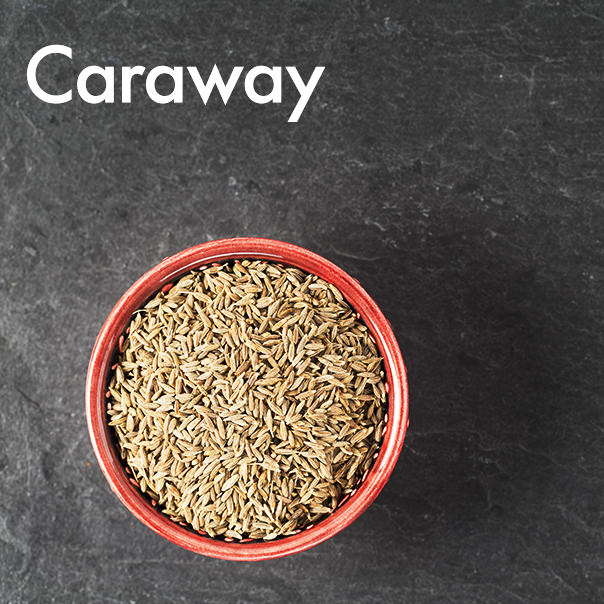
Caraway is native to Africa, Asia, and Europe, but it’s also definitely used as a cooking spice in the US. Now, think: what does it taste like? It’s hard to say, isn’t it? Instead of searching for the right dish to use with this spice, easily identify caraway in a quality aquavit: a type of Scandinavian spirit. Aquavit may not be as common as a bottle of Hendrick’s gin, but it’s easy to order online, and it won’t spoil or involve creative cooking research. Drinking aquavit is an easy way to familiarize yourself with this nutty, slightly spicy ingredient. Mix it with a little juice and feel like a Viking traversing the Nordic lands.
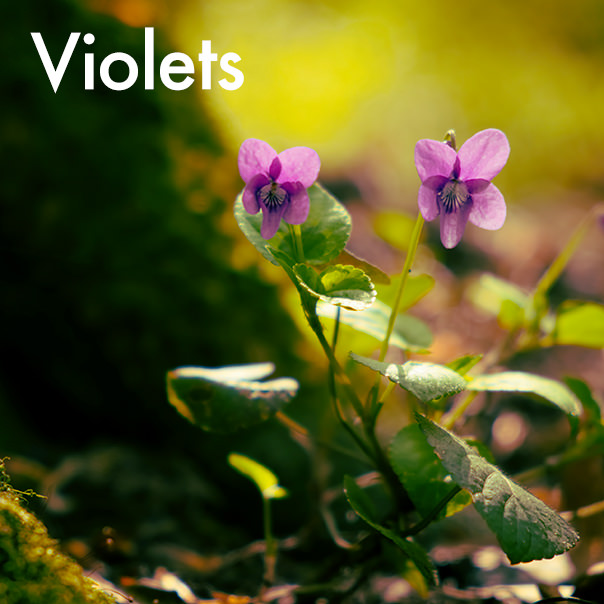
Violets are another type of aromatic flower that actually taste delicious. For instance, you can candy them into sweet treats. However, turning violets into culinary edibles can be tricky, because the ones you buy from your florist are typically not suitable for consumption. In fact, if you want to make your own violet concoctions, you’re best off buying fresh flowers from a farmers market. Don’t live close to a farmers market, or feel like hunting fresh flowers down? Not a problem. Journey to the Alps by trying a little crème de violette. Crème de violette is a liqueur made with violets that’s classically used in a gin cocktail called the Aviation. Unlike some sweet liqueurs, crème de violette doesn’t just taste like sugary alcohol. Instead, you get a true taste of the key ingredient without leaving the comfort of your home. Like aquavit, crème de violette is available in many stores and online as well.

